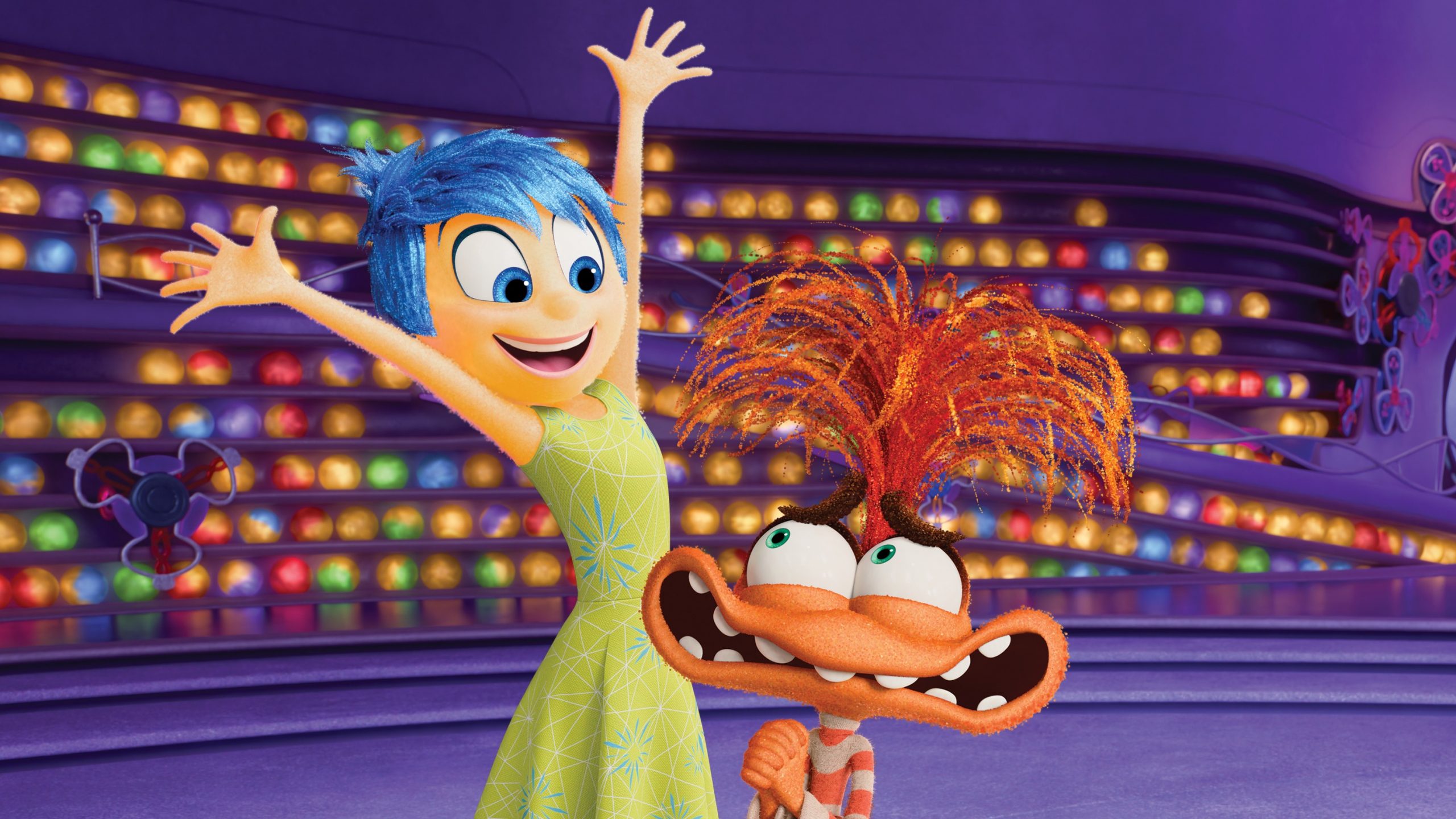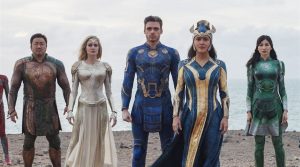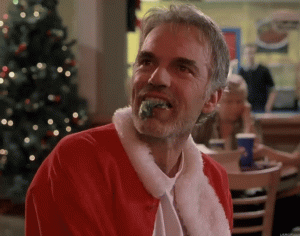
Inside Out 2 did not feel like a necessary addition to the Pixar canon when it was announced. Why make a sequel to one of the most original, ingenious solo outings in animation history and potentially tamper with the reputation of greatness? Money sure felt like the motivating factor, and Pixar has cashed in to the tune of nearly $1 billion and counting after two-plus weeks at the box office. But jumping inside Riley’s head of emotions for a second time was actually a courageous and rewarding payoff for fans worldwide as they were treated to one of the best sequels in Pixar’s history.
What makes a great Pixar sequel though? It’s not the first time the company has successfully returned to the same universe for another go-round, but Inside Out 2 certainly created a new blueprint for future sequel outings. Let’s look at how the movie won over the movie-viewing populace by taking from the best of the past and blazing a new trail for the future.
New Characters Who Blend In Perfectly
The heart of every great Pixar film is the beautiful characters at the center of the story. Inside Out 2 expanded the stories of the original cast while incorporating new ones in a manner the studio hadn’t been able to do since Toy Story 2. Much like when that movie cemented cowgirl Jessie as an unforgettable member of the toy group going forward, Inside Out 2’s new emotional manifestations that plunge Riley into adolescence serve as poignant reminders of that most trying time in life.
Anxiety (voiced by Maya Hawke) serves as both the antagonist and the boldest addition to the movie. When Riley tries to impress her potential new high school friends in order to realize her dreams of playing for an elite hockey squad during her freshman year, Anxiety throws Joy (Amy Poehler) and the rest of Riley’s O.G. mind squad into the buried pits of her mind. Immediately viewers must grapple with whether to empathize with Anxiety or root against her, as most know that she isn’t the typical animated villain. A redemption arc is easy to see from the beginning of the movie, and Anxiety gets her due when Joy is able to calm her, and therefore Riley, down during the film’s climactic moments.
Past Pixar sequels haven’t mustered nearly the same level of empathy or connection between moviegoers and new characters. Often the studio capitalizes on bit additions who are better at delivering one-liners than adding substance to the story. Fluke and Rudder (Idris Elba and Dominic West) come to mind from Finding Dory.
Everyone remembers suffering from painful trepidations and overwhelming mental health problems as a teenager. Anxiety hits home in the most melancholy way because she’s relatable yet charming. She demonstrates the danger of letting our fears control us and gives the characters from the first movie a space to come in for the save. She’s completely fleshed out and not just a one-off afterthought addition.
Other Inside Out 2 additions, such as Embarrassment (Paul Walter Hauser), work as perfect side characters who don’t annoy the audience nor steal too much screen time from the favorites of the original Inside Out. Director Kelsey Mann found a balance in character development that Pixar should try hard to emulate when they undoubtedly return to the sequel well in the years to come.
Crafting a Story That Needs to Be Told
One of the biggest faux pas in Hollywood, and with Pixar specifically, is the creation of a sequel that doesn’t justify returning to this tale and this set of characters. These follow-ups have little to no genuine respect for the first movie in the series because they just retell that film’s story (think Incredibles 2) or they make the sidekick character into the star without realizing they don’t belong as a headliner (think Cars 2). Inside Out 2 proved to be a prescient and modern story that audiences of all ages can take to heart because it didn’t fall into any of these traps.
A great Pixar sequel should change the way we think about the characters, even when going back and re-watching the first film. Monsters University is the most recent film to accomplish this goal before Inside Out 2, albeit as sas prequel. It used a heartfelt, lighthearted tone to convey the relationship of Mike Wazowski (Billy Crystal) and James P. Sullivan (John Goodman) before the events of Monsters, Inc. By creating a coherent timeline of events and contributing to the growth of the characters in the original film, Pixar compounded the legacy of Monsters, Inc. rather than watering it down as they did with Cars 2 and Incredibles 2 (to an extent).
Incredibles 2 was a movie that of course had a commercial reason to exist because the first movie was so beloved, but Pixar took the safest (and some might say laziest) course in plotting out the narrative and character development. Bob Parr (Craig T. Nelson) and Helen Parr (Holly Hunter) switch roles but the story plays out in exactly the same way. There was no attempt to innovate or show growth within the Parr family. It is yet another tale of one spouse deceiving the other while being a superhero. The protagonists all stay stagnant.
Inside Out 2 does copy the first film’s general story arc in which Joy must journey through Riley’s mind to get back to the control center. She must convince both Sadness (in the first film) and Anxiety (in the second film) to change their perspectives on managing Riley’s emotions. But the consequences of her not completing that journey are heavier in the second film, and they find new profound ways to resonate with the intended audience. Because Riley is in two completely different stages of her life between the films, it allows Joy’s trek back to the hub to look and feel different each time.
The scene in which Anxiety causes Riley to have a panic attack is unlike anything in Pixar’s previous output and forces the audience to think about trauma long after the credits roll. There is something to take away from the film here, whereas other Pixar sequels such as Incredibles 2, Cars 2, and Finding Dory never produce a new contemplative idea or theme.
Inside Out 2 is in constant motion. If the studio only takes one thing from the movie, it should be to follow this vigor. Inside Out 2, in fact, has one of the most purposeful stories that can be seen on the big screen this year. By giving Riley and her new teenage emotions a voice, the team at Pixar changed the way mental health is discussed in children’s entertainment. The vision was genuine and it was executed at a high level. No Pixar sequel should be made again without this type of justification and heart.
The post Inside Out 2 Reveals the Secret of Making a Good Pixar Sequel appeared first on Den of Geek.






